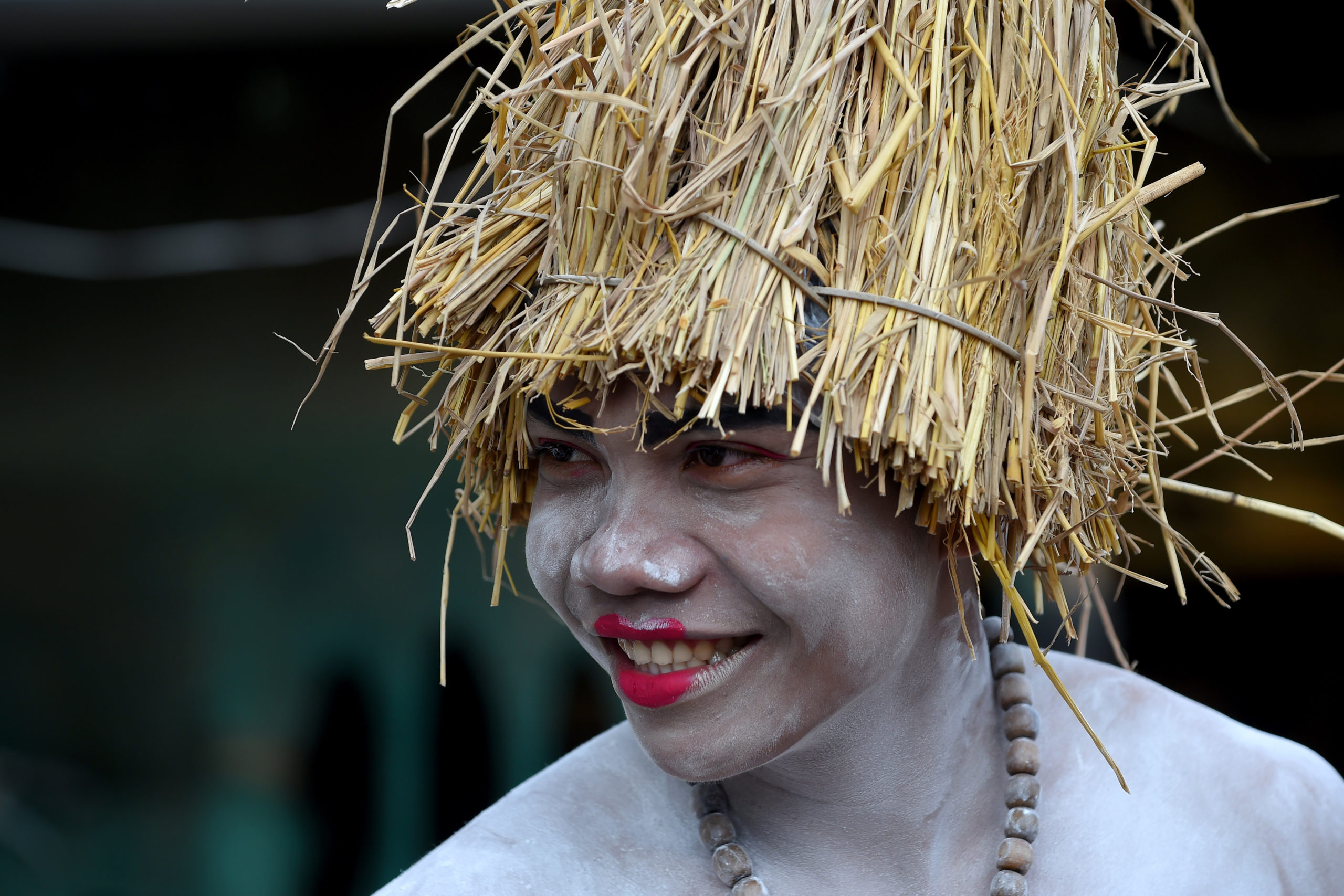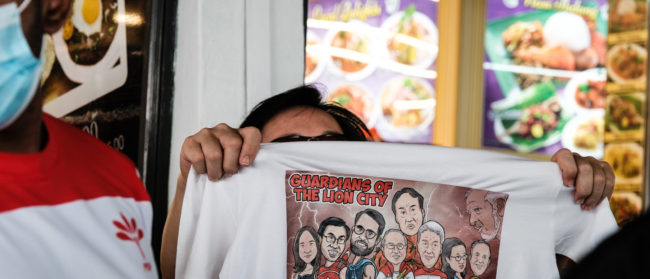As a small state with limited resources and capacities, Cambodia has little room to manoeuvre and achieve its foreign policy objectives.
To realise its core national interests, the country has to embrace multilateralism and begin to engage in modern diplomacy, guided by the four diplomatic pillars of peace diplomacy, economic diplomacy, cultural diplomacy and digital diplomacy.
Among the four diplomatic channels, Cambodia, with its richness and uniqueness in culture and history, has the potential to expand its connection with the regional and international community and build its image on the global stage through cultural diplomacy.
But what is cultural diplomacy and how can Cambodian youth – considered the backbone of the nation with 37% of the Kingdom’s population of 16.1 million under the age of 18 – support the government to realise its national interests?
Cultural diplomacy is a type of public diplomacy that aims to use the vibrant culture and historical connection as a critical tool to strengthen relations among states and promote national interest. Cultural diplomacy can be considered as an element of soft power that states employ to project and bolster their image by using cultural appeal and influence, rather than coercion.
To strengthen Cambodia’s cultural diplomacy, all stakeholders have important roles to play. In fact, there are various actions the government can take to improve Cambodia’s standing and cultural diplomacy; however, actions by the government alone are clearly not enough.
In fact, Cambodian youth, who make up about two-thirds of the Kingdom’s population, are the key actors in contributing to the enhancement of Cambodia’s cultural diplomacy and image. Thus, youth have crucial a role to play, as we previously outlined, so that the country can accomplish its core national interests and raise its profile internationally.
To perform their roles effectively, Cambodian youth may consider the following suggestions:
To contribute to strengthening Cambodia’s cultural diplomacy, it is imperative that Cambodian youth have a deep understanding and knowledge of their history and culture. They should learn to understand who they are, where they come from, where they want to go, what they want to achieve, and how they can achieve their goals.
Thus, to be able to promote and strengthen Cambodia’s image through cultural diplomacy, youth must develop a working understanding of their own history and culture, as well as those of other countries, especially countries in the region.
As the future of Cambodia, each young person should play a role as a cultural ambassador to raise Cambodia’s profile in the international arena
In addition to developing such a cultural and historical understanding, Cambodian youth should engage in other learning and training activities both inside and outside of education settings. Besides learning in classes, they can read books, attend workshops and seminars, conduct research and network with other youth and those whose expertise is in Cambodian history and culture.
More importantly, they can participate in cultural shows and competition programmes to accumulate the first-hand experience and further their understanding of Cambodia’s culture and history.
For example, on March 6 each year, the Cambodian Ministry of Culture and Fine Arts commemorates National Culture Day. A few weeks prior to this cultural day, the Ministry organises several cultural events and competitions to provide a platform and opportunities for youth, especially students to learn, experience, understand and appreciate their culture. Therefore, youth can seize this opportunity to enhance their cultural awareness and understanding and develop themselves.
As the future of Cambodia, each young person should play a role as a cultural ambassador to raise Cambodia’s profile in the international arena. Since the core duties of official diplomats are to represent their country, build relations, advertise culture and promote national interests in host countries, youth can similarly function as Cambodia’s de facto cultural ambassadors to promote Cambodia’s image in foreign nations.

They can perform this diplomatic role in various ways. For instance, through cultural exchange programmes, youth can help to project the image and culture of Cambodia by performing Cambodian arts, dressing in Cambodian national clothes, and, if applicable, conducting presentations on Cambodian culture to foreigners.
Moreover, when they have a chance to pursue education abroad, Cambodian youth should take this great opportunity to raise Cambodia’s profile through various means, including sharing Cambodia’s rich history with friends and participating in cultural shows or events to share Cambodian traditions, arts and literature, cuisine, clothing, and dances with foreigners.
For those who are studying or are knowledgeable about Cambodian culture and history, they should try as much as possible to write about Cambodia’s cultural and historical stories and publish them in both print and electronic formats. Living in the digital era, youth are entitled to ample opportunities to publish their articles or content related to Cambodia on social media platforms such as Facebook and Twitter, blogs, media outlets and other online platforms.
By so doing, youth can contribute to providing more space for cultural awareness and understanding, as well as achieving the end goal of cultural diplomacy – that is, to encourage a better understanding of Cambodia’s identities and to raise the Cambodian image.
This approach may perhaps be a stretch, considering Cambodia’s lack of a strong reading and writing culture. However, it should be worth trying. And as more and more young Cambodian people aspire to express their views and share their understanding through writing books, blogs and op-ed articles, this approach seems to be a viable course of action to enhance Cambodia’s profile through cultural diplomacy.
Doing small or even big things is better than doing nothing at all.
Cambodia is in a strong position to engage in cultural diplomacy given its rich cultural resources and history. The country can use this strategy to pursue its national interests and realise its development vision.
Such goals can be achieved through youth engagement. In other words, the country needs active and dynamic youth to take part in the process of nation-building and development. As they are young, energetic and digitally literate, Cambodian youth are seen as the future architects of Cambodia’s development trajectory. They can exercise their agency and engage in social and political activism to effect change in Cambodia’s economy, politics, society and foreign policy.
Most importantly, to help raise Cambodia’s reputation and standing in the region and the world, Cambodian youth need to broaden their understanding and knowledge of their own culture and history.
They must play proactive roles in projecting and promoting a positive image of Cambodia to the world.
Bunna Vann is a Master of Political Science student at Jamia Millia Islamia University in New Delhi, India and a recipient of the Indian Government (ICCR) Scholarship.
Kimkong Heng is a PhD candidate at the University of Queensland in Australia and a Visiting Senior Fellow at the Cambodian Institute for Cooperation and Peace. He is a recipient of the Australia Awards Scholarship.


